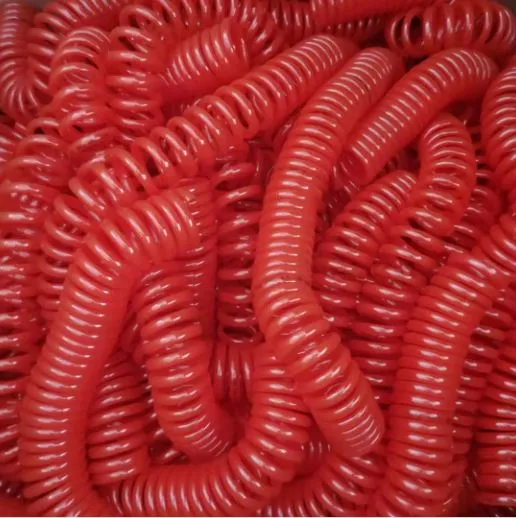braided hose vs standard hose
Braided Hose vs. Standard Hose Understanding the Differences
When it comes to selecting hoses for various applications, the choice between braided hoses and standard hoses often arises. Both have their unique characteristics, benefits, and potential drawbacks that can significantly influence performance and suitability for specific tasks. Understanding these differences is crucial for making an informed decision.
Construction and Durability
Braided hoses typically consist of a rubber or thermoplastic core, reinforced with a woven layer of synthetic fibers or metal. This construction provides superior durability and resistance against wear, pressure, and environmental factors. In contrast, standard hoses, which may be made from rubber or plastic, usually lack this level of reinforcement. As a result, while standard hoses can be suitable for low-pressure applications, they are more prone to kinking, leaking, or bursting under high pressure or strenuous conditions.
Flexibility and Handling
One of the main advantages of braided hoses is their flexibility. The braided reinforcement allows them to bend without collapsing, making them easier to maneuver in tight spaces. This flexibility is particularly beneficial in automotive, industrial, and hydraulic applications, where hoses often need to be routed through complex assemblies. On the other hand, standard hoses can be stiff and less adaptable, which might restrict their usability in certain scenarios.
braided hose vs standard hose

Pressure Ratings
Braided hoses are designed to handle significantly higher pressure ratings compared to standard hoses. This makes them ideal for high-pressure applications, such as hydraulic systems, where the integrity of the hose is crucial for safety and performance. Standard hoses, while suitable for domestic uses like gardening or low-pressure irrigation systems, may not perform well under extreme pressure, leading to potential failures.
Cost Considerations
In terms of cost, standard hoses are generally more affordable than their braided counterparts. This lower price point can make standard hoses appealing for users with minimal requirements or those on a tight budget. However, it is essential to consider the long-term implications of choosing a less durable option. While upfront costs may be lower, the increased likelihood of replacements or repairs can negate initial savings.
Conclusion
In summary, the comparison between braided hoses and standard hoses boils down to the specific needs of the user. Braided hoses excel in terms of durability, pressure resistance, and flexibility, making them suitable for high-performance applications. Meanwhile, standard hoses can serve well in everyday situations where cost is a more pressing concern. Ultimately, understanding these differences can help consumers choose the right hose for their needs, ensuring optimal performance and longevity. Whether for automotive use, industrial applications, or simple household tasks, knowing the benefits and limitations of each type of hose can lead to a more informed and satisfactory purchase.
-
Unrivaled Performance and Applications of PU Pneumatic Hoses and TubesNewsJun.11,2025
-
The Transparent World of Industrial Tubing and Hosing SolutionsNewsJun.11,2025
-
The Intricate World of Pneumatic Conduits: Tubes and HosesNewsJun.11,2025
-
The Dynamic Landscape of Pneumatic Conduits: Unraveling Key ComponentsNewsJun.11,2025
-
The Diverse Applications and Significance of Transparent PVC TubingNewsJun.11,2025
-
High - Pressure Pneumatic Tubing and Systems: An In - Depth LookNewsJun.11,2025














